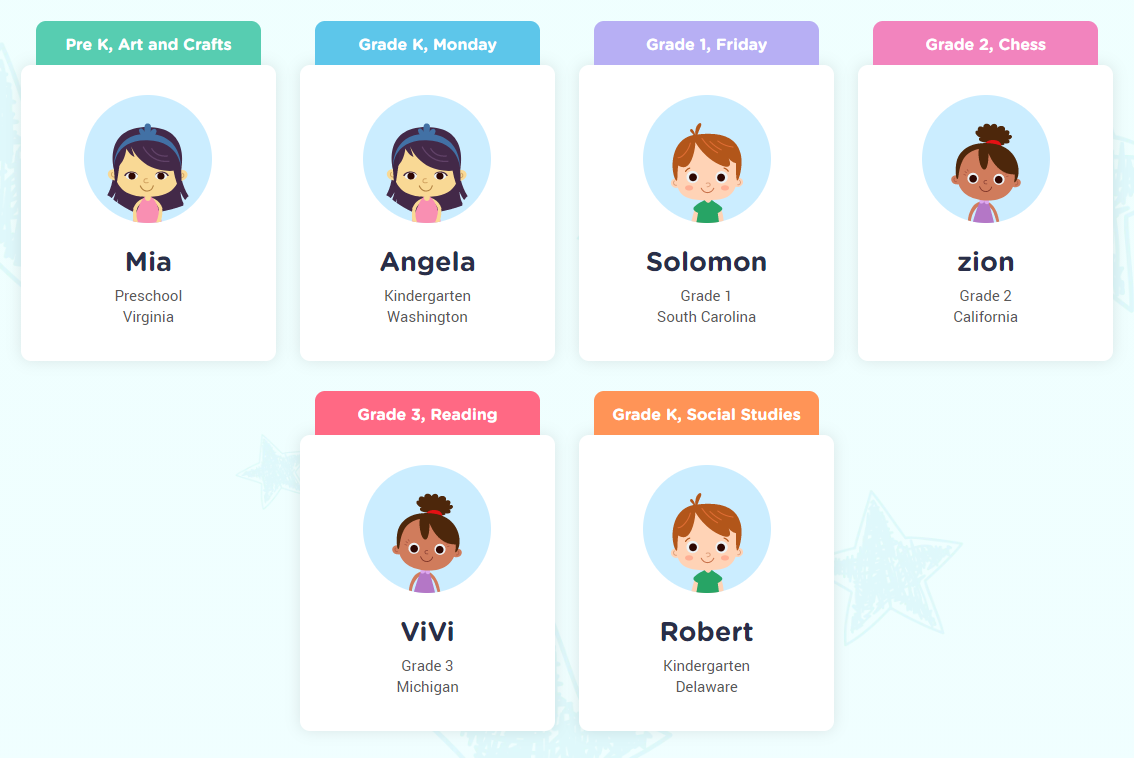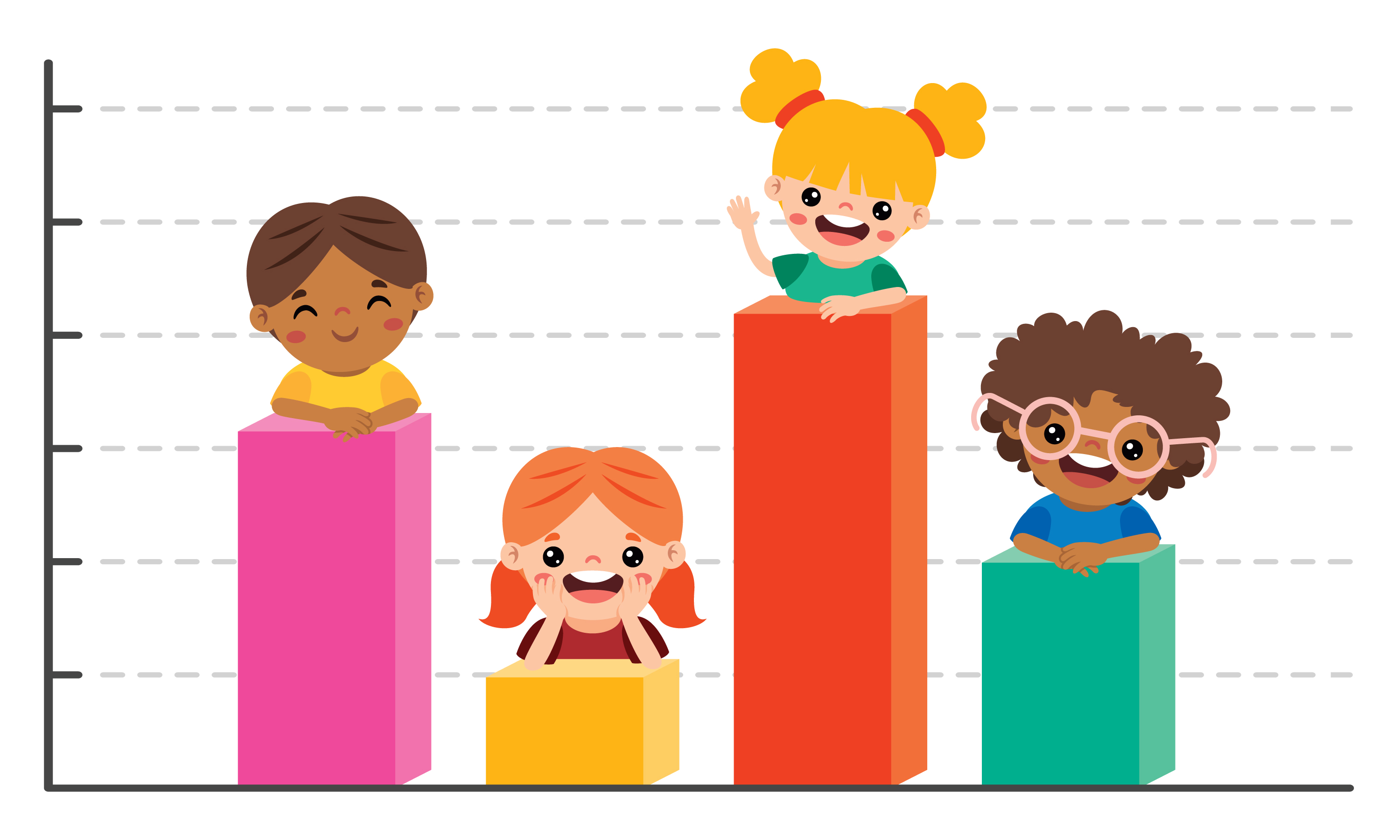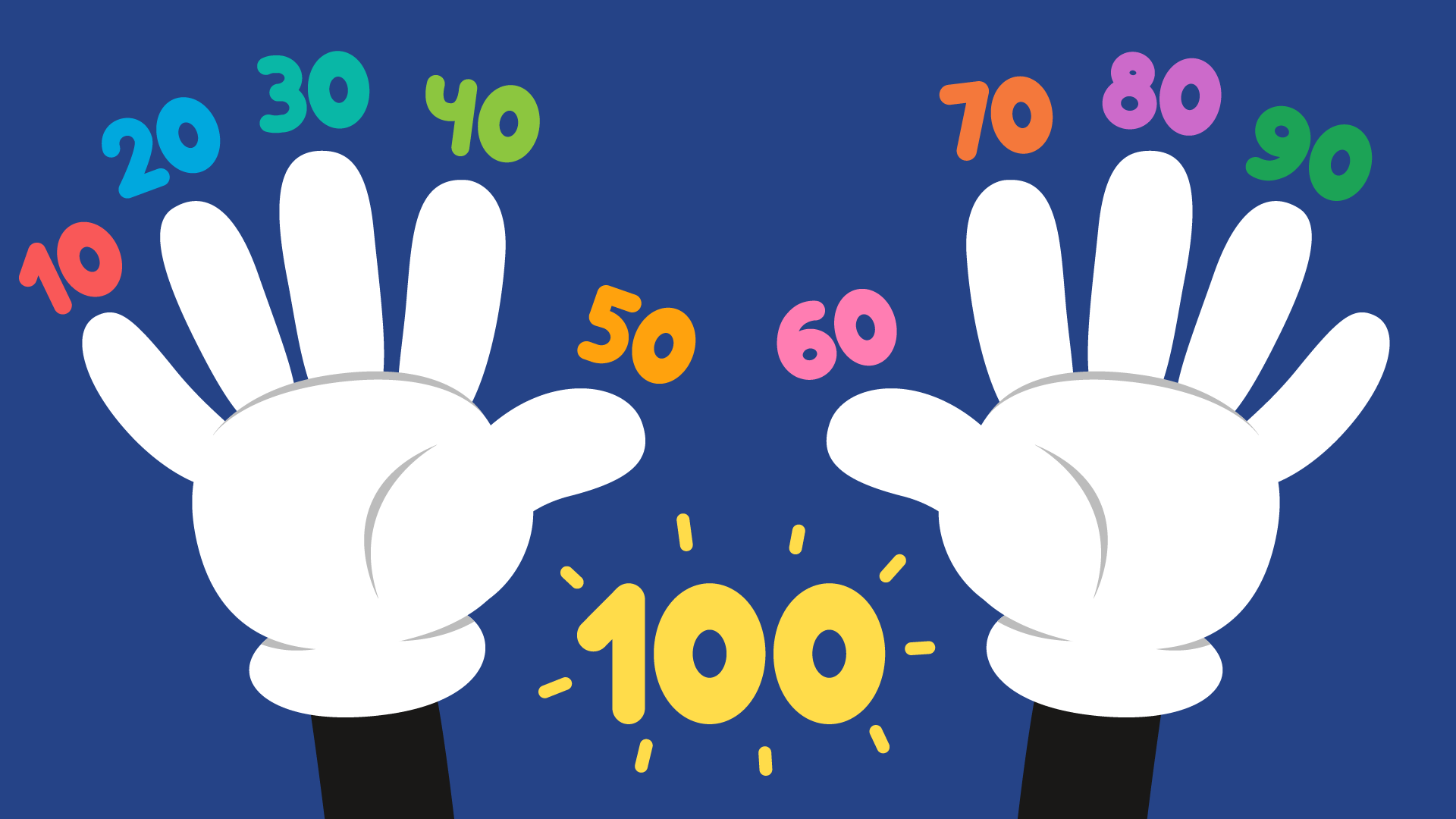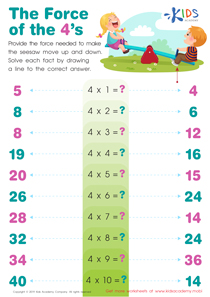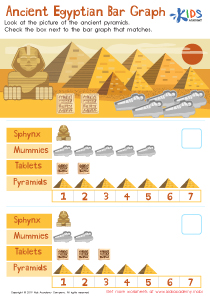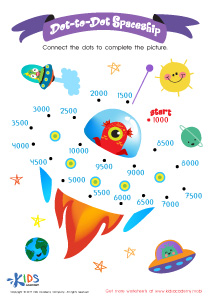Shape Recognition Easy Grade 3 Math Worksheets
4 filtered results
-
From - To
Explore our "Shape Recognition Easy Grade 3 Math Worksheets," designed to enhance students' understanding of geometric shapes through engaging activities. Perfect for budding learners, these worksheets include a variety of exercises that help children identify, categorize, and compare shapes in different contexts. With colorful visuals and age-appropriate challenges, students will develop critical thinking skills while enjoying hands-on learning experiences. Whether in the classroom or at home, our worksheets provide a fantastic resource to reinforce geometric concepts, ensuring a solid foundation in math. Download and watch your third graders build confidence and competence in shape recognition today!
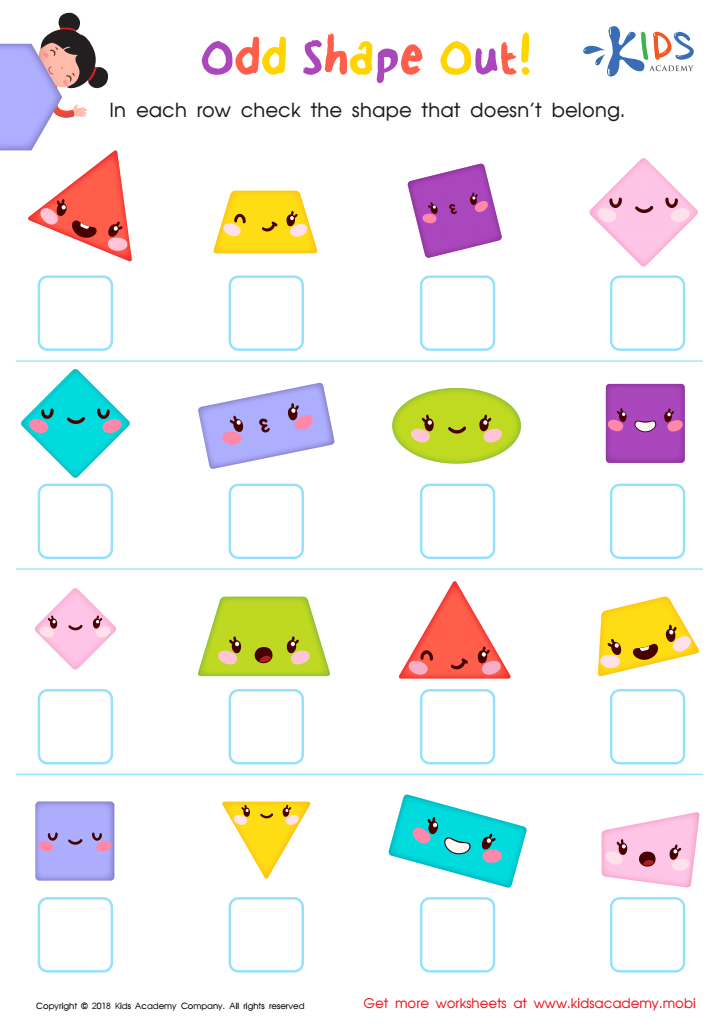

Odd Shape Out Worksheet for Grade 3
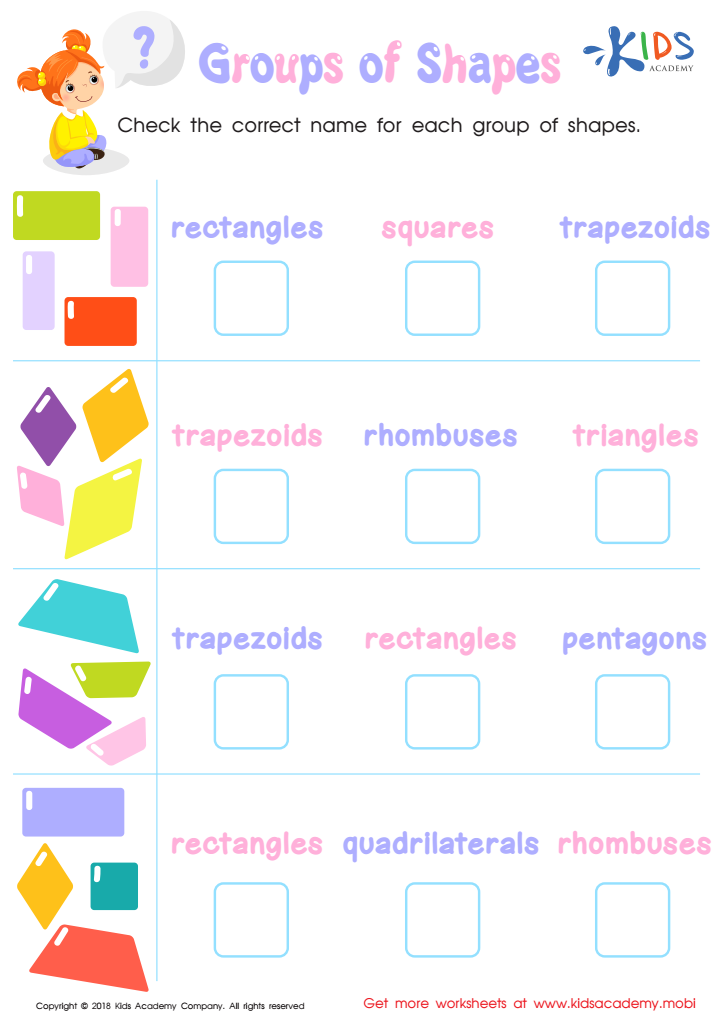

Groups of Shapes Worksheet
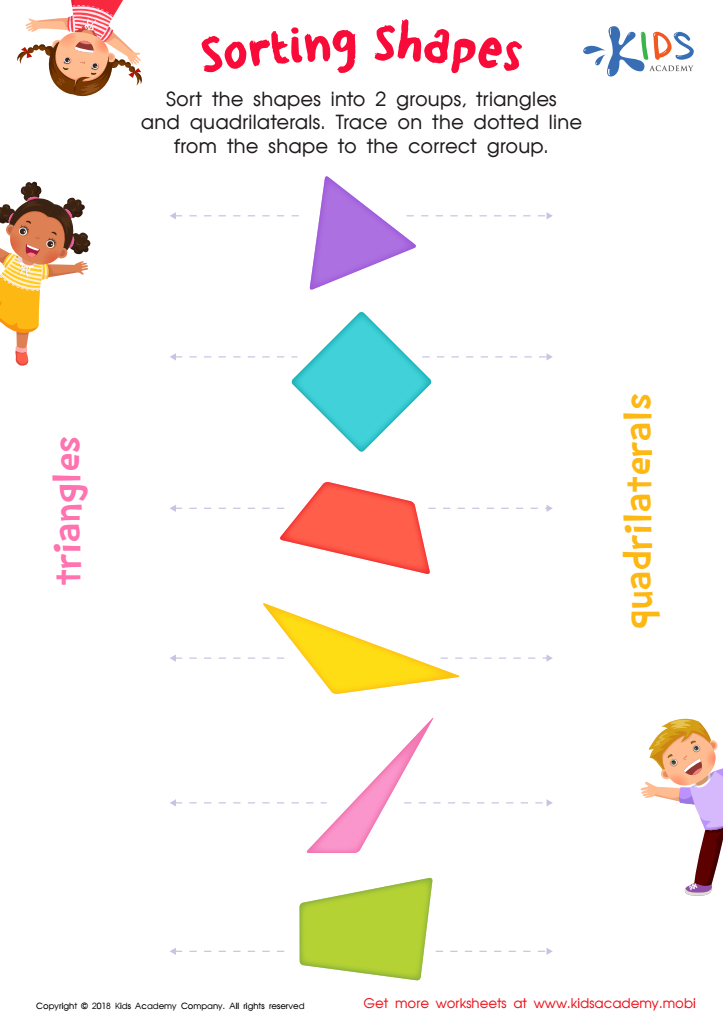

Sorting Shapes Worksheet
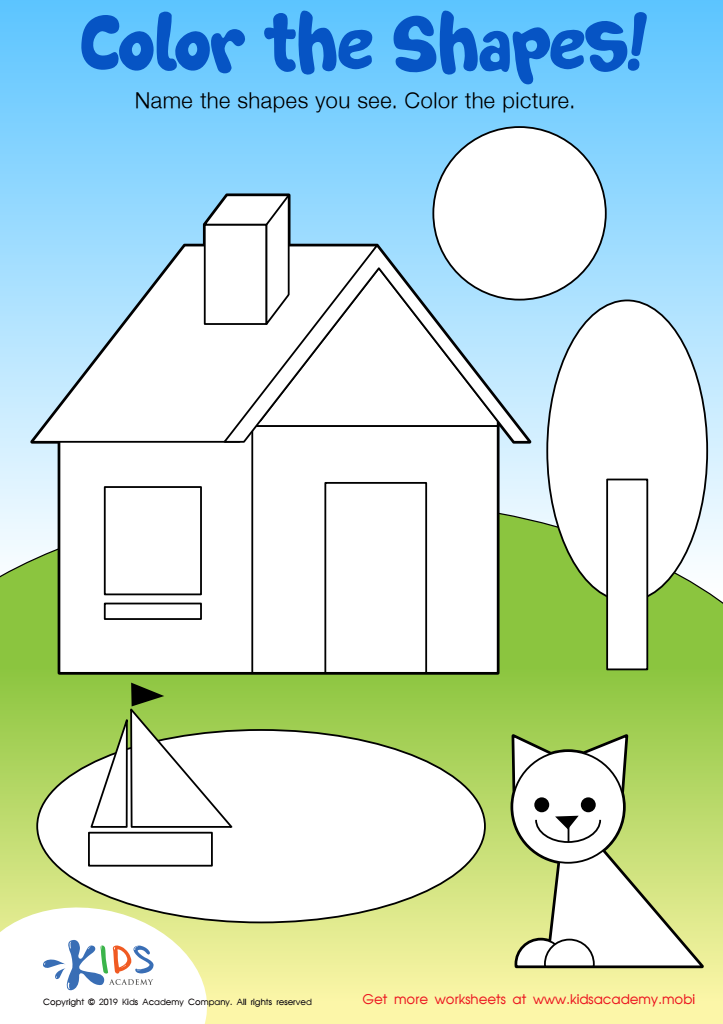

Color the Shapes Worksheet
Shape recognition is a foundational skill in early education, particularly for Grade 3 students, and its importance extends beyond mathematics. Parents and teachers should care about shape recognition for several reasons.
First, it enhances spatial awareness, helping children understand how different objects relate to each other in space. This understanding is crucial in both math and real-world contexts, such as navigating their environment or organizing tasks.
Second, shape recognition lays the groundwork for more advanced mathematical concepts, such as geometry. By recognizing and categorizing shapes, students develop critical thinking and problem-solving abilities, essential skills for academic success and everyday life.
Moreover, shape recognition contributes to cognitive development. As students classify and compare shapes, they reinforce their reasoning and analytical skills, which are vital for future learning.
In addition, engaging children in shape recognition activities promotes teamwork and communication when done in group settings, enhancing social skills.
Finally, parents and teachers play a pivotal role in fostering a positive learning environment. By emphasizing the importance of shape recognition, they encourage curiosity and a love for learning, setting the stage for lifelong educational engagement. Therefore, it’s vital for adults to actively support and engage students in this fundamental skill.
 Assign to My Students
Assign to My Students







